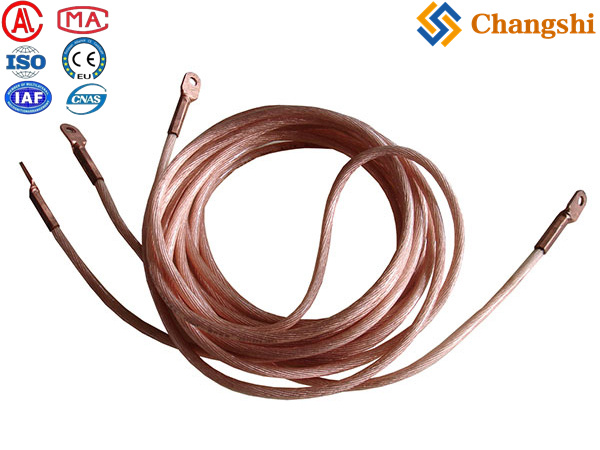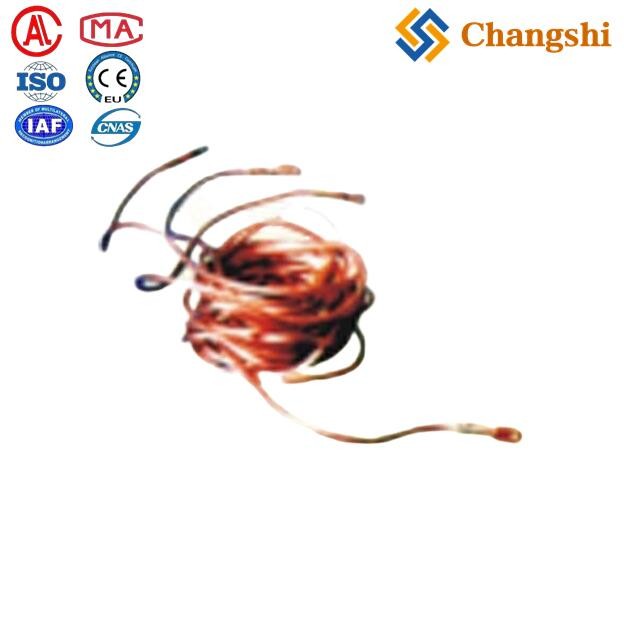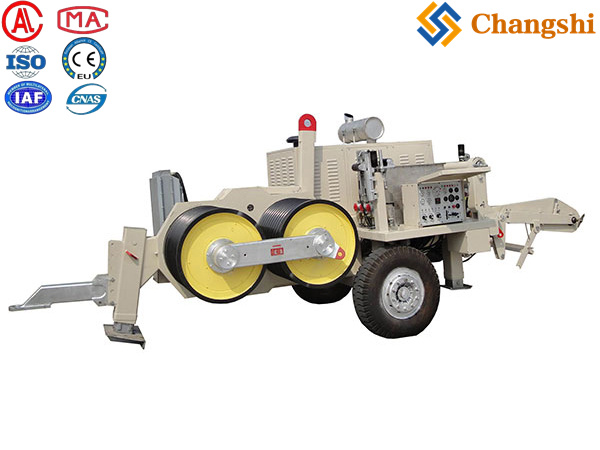
Grounding Short Circuit Wire For Overhead Power Transmission Line Cable Pulling
A grounding short circuit wire typically refers to a fault condition where the "hot" (live) conductor unintentionally comes into contact with the grounding conductor or grounded metal parts of an electrical system. This creates a ground fault short circuit, which is a specific type of short circuit involving the ground path.
- Transmission Line Wire Cable Conductor Tension Stringing Equipment
- Transmission Conductor Tension Stringing Equipment For Overhead Power Lines
- Tools For Power Lines,Substation,Electrical Construction & Maintenance
- Electric Power Transmission Distribution Line Construction Machine Tools
- Overhead Power Transmission Distribution Line Repair Hardware Fittings
- Underground Cable Laying Pulling Installation Equipment Machine Tools Accessories
- Information
- Video
A grounding short circuit wire typically refers to a fault condition where the "hot" (live) conductor unintentionally comes into contact with the grounding conductor or grounded metal parts of an electrical system. This creates a ground fault short circuit, which is a specific type of short circuit involving the ground path.
-
: This happens when the hot wire directly contacts the neutral wire, creating a low-resistance path that causes a large surge of current. This sudden increase in current often results in sparks, smoke, or even fire, and will cause circuit breakers or fuses to trip or blow to protect the system.
-
: This occurs when the hot wire contacts the grounding conductor or any grounded metal part (like a metal box or equipment frame). The fault current flows through the grounding system back to the source. Unlike a typical short circuit, a ground fault may not produce visible sparks or flames but poses a significant shock hazard because the current flows through the grounding path, which may include people or equipment.
-
The grounding wire is a safety feature designed to carry fault current safely to earth, preventing dangerous voltages on exposed metal parts and reducing shock risk.
-
When a short circuit or ground fault happens, the grounding wire provides a low-resistance path for the excessive current, enabling protective devices (circuit breakers or GFCIs) to detect the fault and disconnect power quickly.
-
The grounding conductor normally carries no current; it only carries current during fault conditions, such as a ground fault or short circuit.
-


| Term | Description | Fault Path | Visible Signs | Safety Role of Ground Wire |
|---|---|---|---|---|
| Hot wire contacts neutral wire, causing excessive current flow | Hot → Neutral | Sparks, smoke, fire | Helps trip breaker by carrying fault current | |
| Hot wire contacts grounding conductor or grounded metal part | Hot → Ground | Usually no flames, shock hazard | Provides safe path to earth, reduces shock risk | |
| Safety conductor connected to earth, normally no current flow | N/A | N/A | Carries fault current safely during faults |
-
Ground faults and short circuits are dangerous conditions caused often by damaged insulation, faulty wiring, or equipment failures. Proper grounding and protective devices are essential to minimize risks of shock, fire, and equipment damage.
-
In case of a ground fault, devices like GFCI outlets can quickly detect imbalance caused by current flowing through the grounding path and shut off power to prevent shock.
In essence, a grounding short circuit wire refers to the grounding conductor’s involvement in a fault condition where the hot wire shorts to ground, and the grounding system plays a crucial role in safely handling the fault current and protecting people and equipment.





